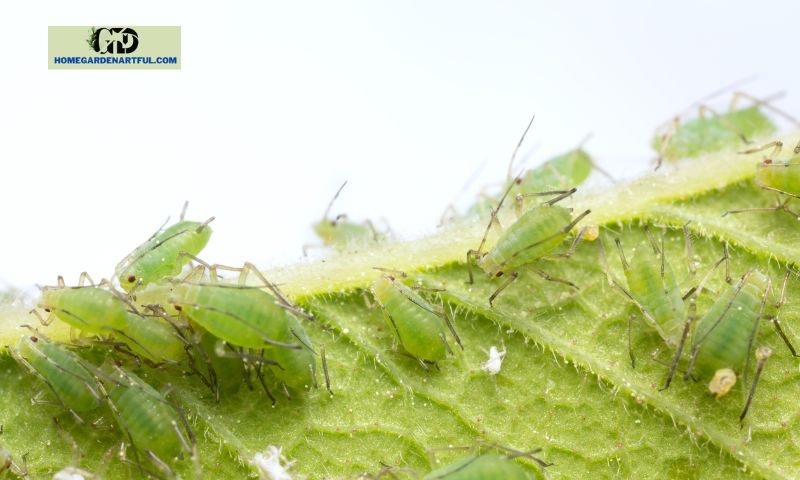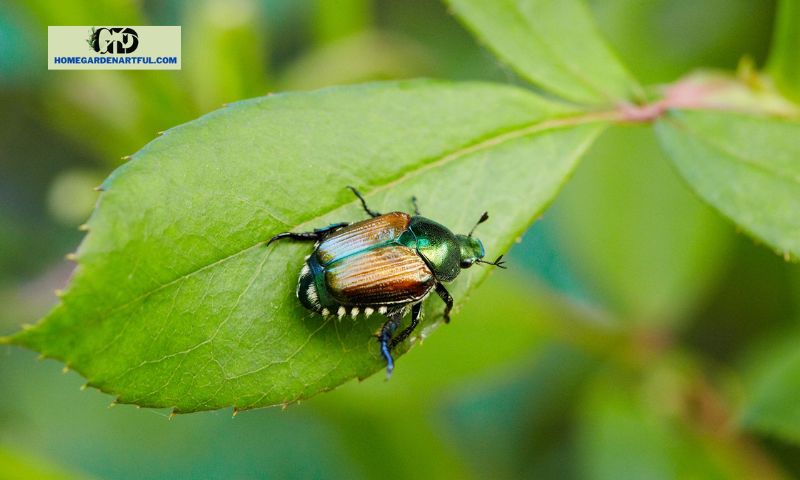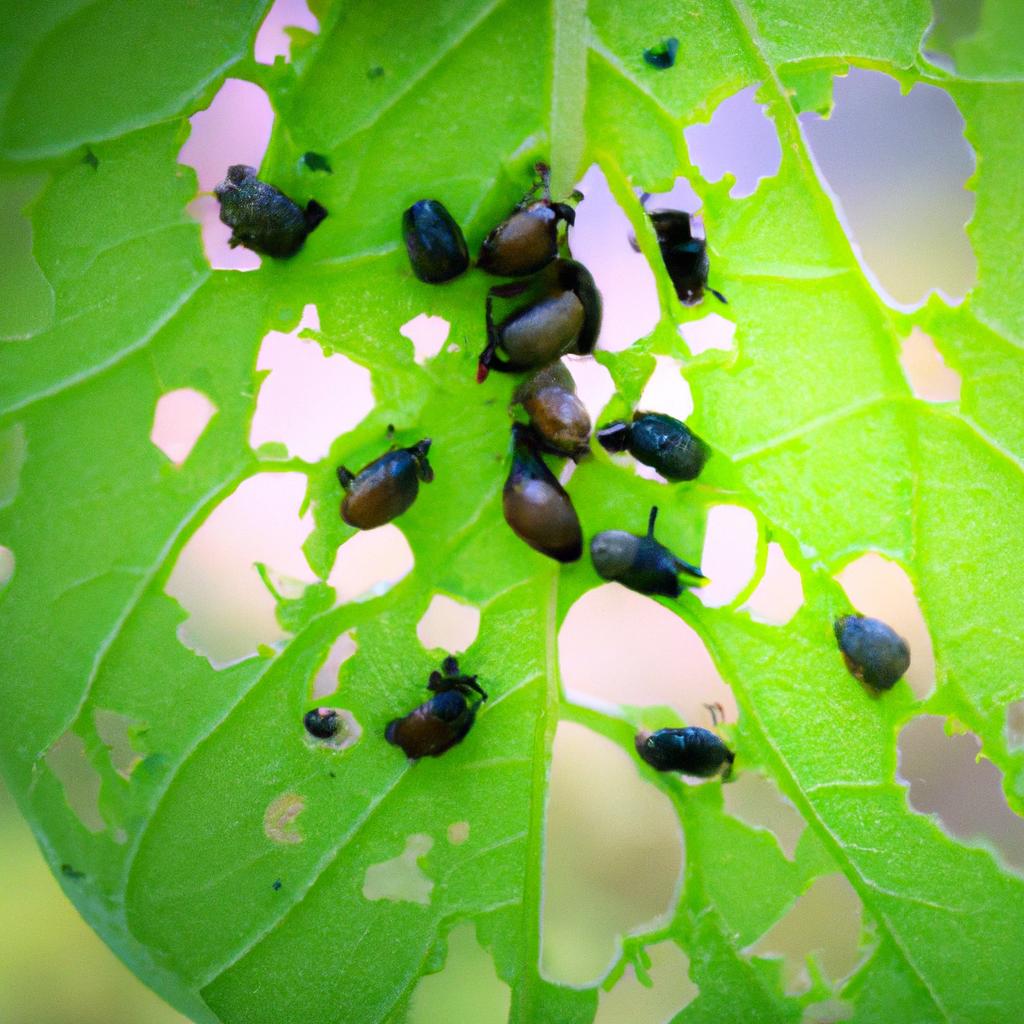Introduction
How to control oklahoma garden pests? Have you ever painstakingly nurtured a garden, only to have it ravaged by relentless pests? If you’re an avid gardener in Oklahoma, you understand the frustration all too well. Oklahoma’s diverse climate and fertile soil make it a haven for both beautiful plants and unwelcome garden pests. But fear not, for homegardenartful.com is here to guide you through the intricate world of Oklahoma garden pests and equip you with the knowledge needed to reclaim your garden sanctuary.
Garden pests, such as insects, rodents, and diseases, can wreak havoc on your beloved plants, causing stunted growth, unsightly damage, and even total destruction. Identifying these pests promptly is crucial to ensure effective management and safeguard the health of your garden. By understanding their habits, appearances, and potential risks, we can take proactive measures to protect our plants and maintain a thriving garden ecosystem.
In this comprehensive guide, we will explore the common garden pests you may encounter in Oklahoma, delve into the art of identification, and discuss the significant impact these pests can have on your garden. We will also equip you with a toolbox of effective management strategies, both organic and chemical, tailored specifically to the challenges faced by Oklahoma gardeners.
Remember, knowledge is power, and by staying informed, we can reclaim our gardens from the clutches of these relentless pests. So, let’s embark on this journey together as we empower ourselves with the expertise needed to tackle Oklahoma garden pests head-on.
Stay tuned for the next section where we will explore the common garden pests that plague Oklahoma gardens and discover their unique challenges.
Common Garden Pests in Oklahoma

Types of Common Garden Pests
When it comes to Oklahoma gardens, an array of pests lurks in the shadows, ready to feast upon our precious plants. Let’s familiarize ourselves with some of the most common offenders:
1. Aphids
These tiny, sap-sucking insects multiply rapidly and can infest your plants in no time. They weaken the plant by depleting its nutrients, causing leaves to curl, distort, and yellow.
2. Cutworms
Under the cover of darkness, these caterpillars emerge to sever young plants at their base, leaving behind a trail of destruction. Their nocturnal habits make them particularly challenging to spot and eradicate.
3. Japanese Beetles
With their iridescent green bodies and voracious appetites, Japanese beetles can decimate foliage, flowers, and fruit within days. These invasive pests leave skeletonized leaves in their wake, rendering your plants vulnerable to further damage.
4. Tomato Hornworms
These plump, green caterpillars are known for their insatiable appetite for tomato plants. They can defoliate an entire plant in a matter of days, leaving only bare stems behind.
Challenges Faced by Gardeners in Oklahoma
Oklahoma’s unique climate poses specific challenges for gardeners, as it provides a conducive environment for these common pests. The hot summers and mild winters create an ideal breeding ground, allowing pests to thrive and reproduce rapidly. Additionally, the state’s diverse geography and vegetation attract a wide range of pests from surrounding regions.
Gardeners in Oklahoma must be vigilant in their pest management efforts to combat these challenges effectively. Failure to address pest infestations promptly can lead to irreversible damage, diminished crop yields, and even the loss of an entire garden.
In the next section, we will delve into the art of identifying Oklahoma garden pests, enabling you to become a skilled detective in your own garden.
Identifying Oklahoma Garden Pests
Understanding the Culprits: Most Prevalent Oklahoma Garden Pests
To effectively combat Oklahoma garden pests, we must first become familiar with their unique characteristics and the havoc they can wreak on our beloved plants. Let’s explore some of the most common pests found in Oklahoma gardens:
1. Aphids: Tiny Menaces
Aphids, those pesky little sap-sucking insects, can quickly multiply and infest your garden. Keep an eye out for clusters of green, black, or brown aphids on leaves and stems. Their presence often leaves behind sticky honeydew residue and distorted, yellowing foliage.
2. Japanese Beetles: Shiny Plant Munchers
These metallic green and copper pests are notorious leaf skeletonizers. You’ll find them devouring your roses, lilies, and other ornamental plants. Look for their distinctive iridescent bodies and destructive feeding patterns, leaving behind skeletonized leaves in their wake.
3. Tomato Hornworms: Camouflaged Leaf Predators
Camouflaged to blend with tomato foliage, these large green caterpillars can decimate your tomato plants. Look for their telltale signs of stripped leaves and frass (caterpillar excrement) nearby. Don’t be fooled by their size; these hornworms can devour your precious tomatoes with voracity.
Identifying Garden Pests: Physical Characteristics and Damage

Now that we’ve acquainted ourselves with some notorious Oklahoma garden pests, let’s delve into their physical characteristics and the typical damage they cause:
Aphids: These tiny insects measure about 1/4 inch long and have soft, pear-shaped bodies. They can be winged or wingless, depending on the season. Aphids suck sap from plants, causing curling, yellowing, and stunted growth.
Japanese Beetles: These beetles are around 1/2 inch long, with metallic green bodies and copper-colored wings. They have distinct white tufts of hair along their sides. Japanese beetles chew on leaves, leaving behind lacy patterns and skeletonized foliage.
Tomato Hornworms: These caterpillars can grow up to 4 inches long and have green bodies with white V-shaped markings on their sides. Their large size and voracious appetite lead to widespread defoliation of tomato plants.
By familiarizing yourself with the physical attributes and typical damage caused by these pests, you’ll be better equipped to identify and take action against them. Stay tuned for the next section, where we will explore the detrimental impact of garden pests on your Oklahoma garden and the importance of effective pest management strategies.
Coming up next: In Section IV, we uncover the devastating effects of garden pests on your Oklahoma garden and the importance of proactive pest management.
Impact of Garden Pests on Oklahoma Gardens
Detrimental Effects on Plant Health and Productivity
Garden pests in Oklahoma have a significant impact on the health and productivity of our beloved plants. These relentless invaders can cause extensive damage, leading to stunted growth, wilting, and even death. From leaf-chewing insects to root-feeding nematodes, Oklahoma garden pests can wreak havoc on every part of a plant, compromising its ability to photosynthesize, absorb nutrients, and reproduce.
Take, for instance, the notorious tomato hornworm, a voracious caterpillar that can devour tomato plants with astonishing speed. These pests strip the foliage, leaving behind bare stems and defoliated plants. Without leaves to capture sunlight, the photosynthesis process is hindered, resulting in weakened plants and reduced fruit production.
Economic and Environmental Consequences of Uncontrolled Pest Populations
The impact of garden pests extends far beyond the boundaries of our gardens. Uncontrolled pest populations can have severe economic and environmental consequences in Oklahoma. In agriculture, where large-scale pest outbreaks can occur, the economic losses can be staggering. Crop yields can be significantly reduced, leading to decreased profits for farmers and potential food shortages.
Furthermore, the excessive use of pesticides to combat these pests can have adverse effects on the environment. Pesticides can contaminate water sources, harm beneficial insects, and disrupt the delicate balance of ecosystems. This not only affects the health of our gardens but also impacts the overall biodiversity and ecological stability of Oklahoma’s landscapes.
It is crucial, therefore, to tackle garden pests in a sustainable manner, employing integrated pest management (IPM) strategies that minimize the use of chemicals while effectively controlling pest populations. By understanding the detrimental effects of garden pests and their potential wide-ranging consequences, we can prioritize the implementation of proactive pest management practices that strike a balance between protecting our gardens and preserving the environment.
Stay tuned for the next section, where we will explore a range of effective management strategies specifically tailored to combat Oklahoma garden pests.
Effective Management Strategies for Oklahoma Garden Pests
Organic Pest Management Methods
When it comes to tackling garden pests in Oklahoma, organic management methods offer a safe and environmentally friendly approach. These methods not only minimize the use of harmful chemicals but also promote a healthy and sustainable garden ecosystem. Consider implementing the following organic strategies:
- Cultural Practices: Maintaining good garden hygiene and practicing proper plant care can go a long way in preventing pest infestations. Regularly remove debris, weeds, and dead plants that can serve as breeding grounds for pests. Additionally, promote healthy soil by using organic compost and mulch.
- Natural Predators: Encourage beneficial insects, birds, and frogs to take up residence in your garden. Ladybugs, lacewings, and praying mantises are natural predators that feed on common garden pests. Planting flowers and herbs that attract these beneficial insects will help control pest populations naturally.
- Biological Control: Introduce beneficial organisms, such as nematodes and predatory mites, to combat specific pests. These organisms prey on garden pests without harming beneficial insects or plants. Research the appropriate beneficial organisms for your specific pest problems and follow proper release instructions.
Chemical Pest Management Methods
While organic methods are preferable for long-term garden health, chemical management methods can provide effective short-term solutions. When using chemical pesticides, it is essential to prioritize safety and follow instructions carefully. Consider the following:
- Selective Pesticides: Choose pesticides that target specific pests while minimizing harm to beneficial insects. Selective insecticides, for example, focus on specific pests like aphids or caterpillars, reducing the impact on other garden inhabitants.
- Proper Application: Follow the instructions provided by the manufacturer when applying chemical pesticides. Avoid over-application, as this can lead to harmful effects on both the environment and your garden. Always wear protective gear, such as gloves and masks, and keep children and pets away from treated areas.
Integrated Pest Management (IPM) in Oklahoma
Integrated Pest Management (IPM) is a holistic approach that combines various pest management strategies to achieve long-term pest control. In Oklahoma, adopting IPM practices is vital for sustainable gardening. Here’s how you can implement IPM:
- Monitor and Identify: Regularly inspect your garden for signs of pests and identify the specific pests you are dealing with. Early detection allows for timely intervention.
- Thresholds: Determine the threshold level at which pest populations require action. Not all pests need immediate control; some can be tolerated without significant damage to your plants.
- Action Plan: Develop a comprehensive action plan that includes preventive measures, cultural practices, organic methods, and, if necessary, targeted chemical treatments. Regularly reassess your plan based on the effectiveness of implemented strategies.
By adopting a combination of organic and chemical management methods and implementing an IPM approach, Oklahoma gardeners can effectively control garden pests while minimizing negative impacts on the environment and their gardens.
Stay tuned for the next section where we will explore prevention techniques and future considerations in managing Oklahoma garden pests.


